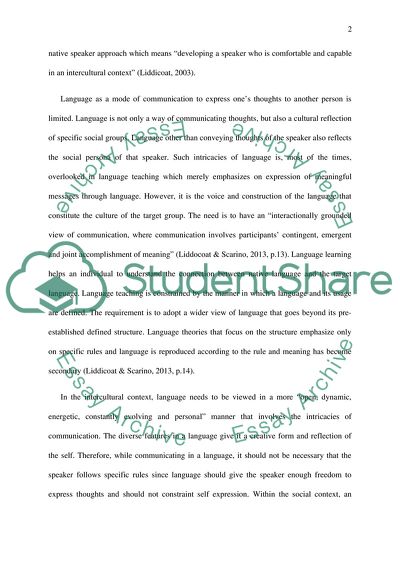Cite this document
(Intercultural Language Learning Essay Example | Topics and Well Written Essays - 2000 words, n.d.)
Intercultural Language Learning Essay Example | Topics and Well Written Essays - 2000 words. https://studentshare.org/education/1844942-releveant-to-the-area-of-languages-teaching-and-learning
Intercultural Language Learning Essay Example | Topics and Well Written Essays - 2000 words. https://studentshare.org/education/1844942-releveant-to-the-area-of-languages-teaching-and-learning
(Intercultural Language Learning Essay Example | Topics and Well Written Essays - 2000 Words)
Intercultural Language Learning Essay Example | Topics and Well Written Essays - 2000 Words. https://studentshare.org/education/1844942-releveant-to-the-area-of-languages-teaching-and-learning.
Intercultural Language Learning Essay Example | Topics and Well Written Essays - 2000 Words. https://studentshare.org/education/1844942-releveant-to-the-area-of-languages-teaching-and-learning.
“Intercultural Language Learning Essay Example | Topics and Well Written Essays - 2000 Words”. https://studentshare.org/education/1844942-releveant-to-the-area-of-languages-teaching-and-learning.


